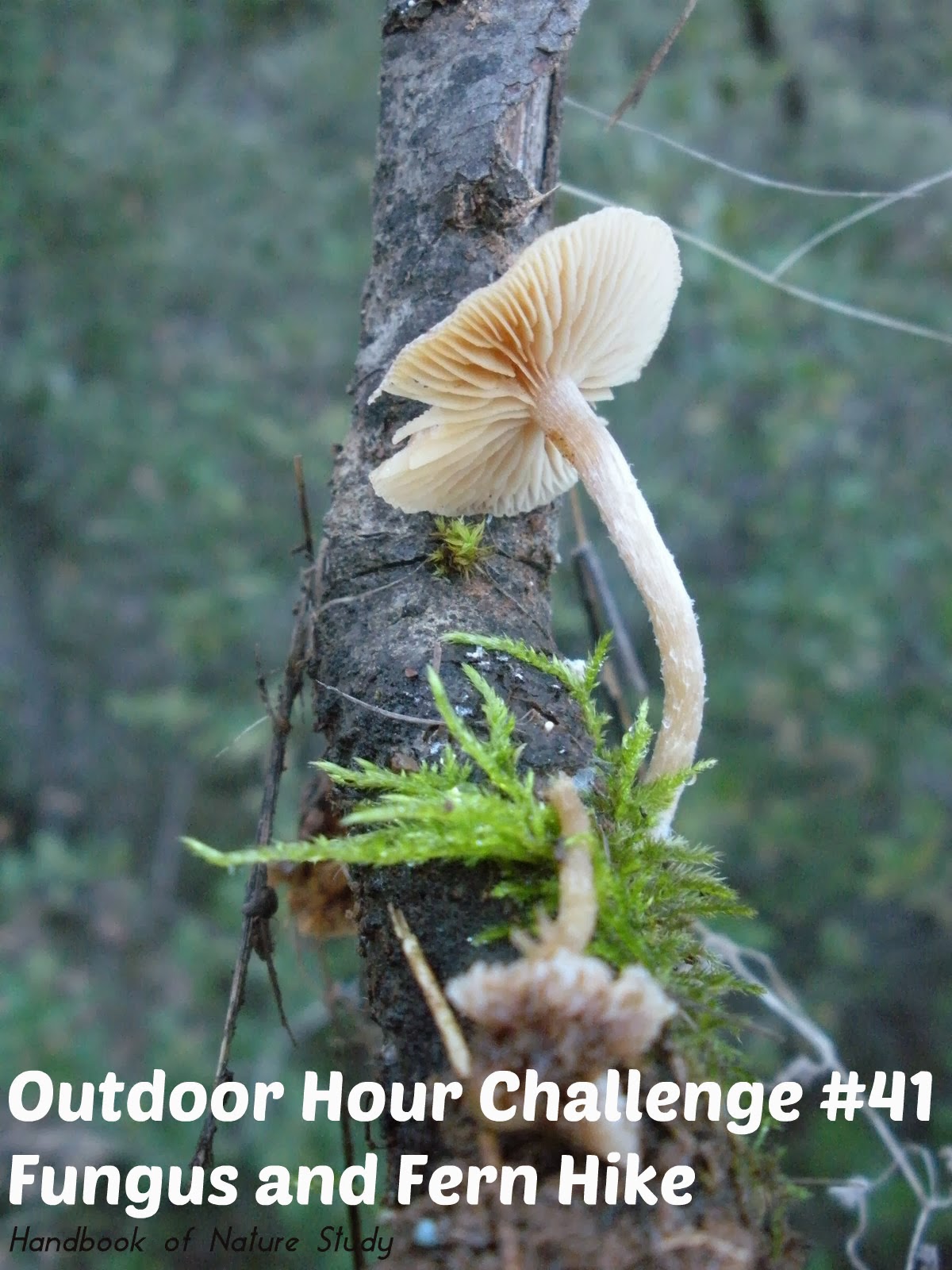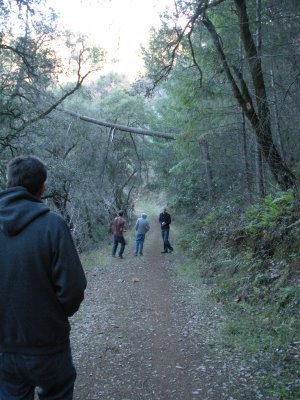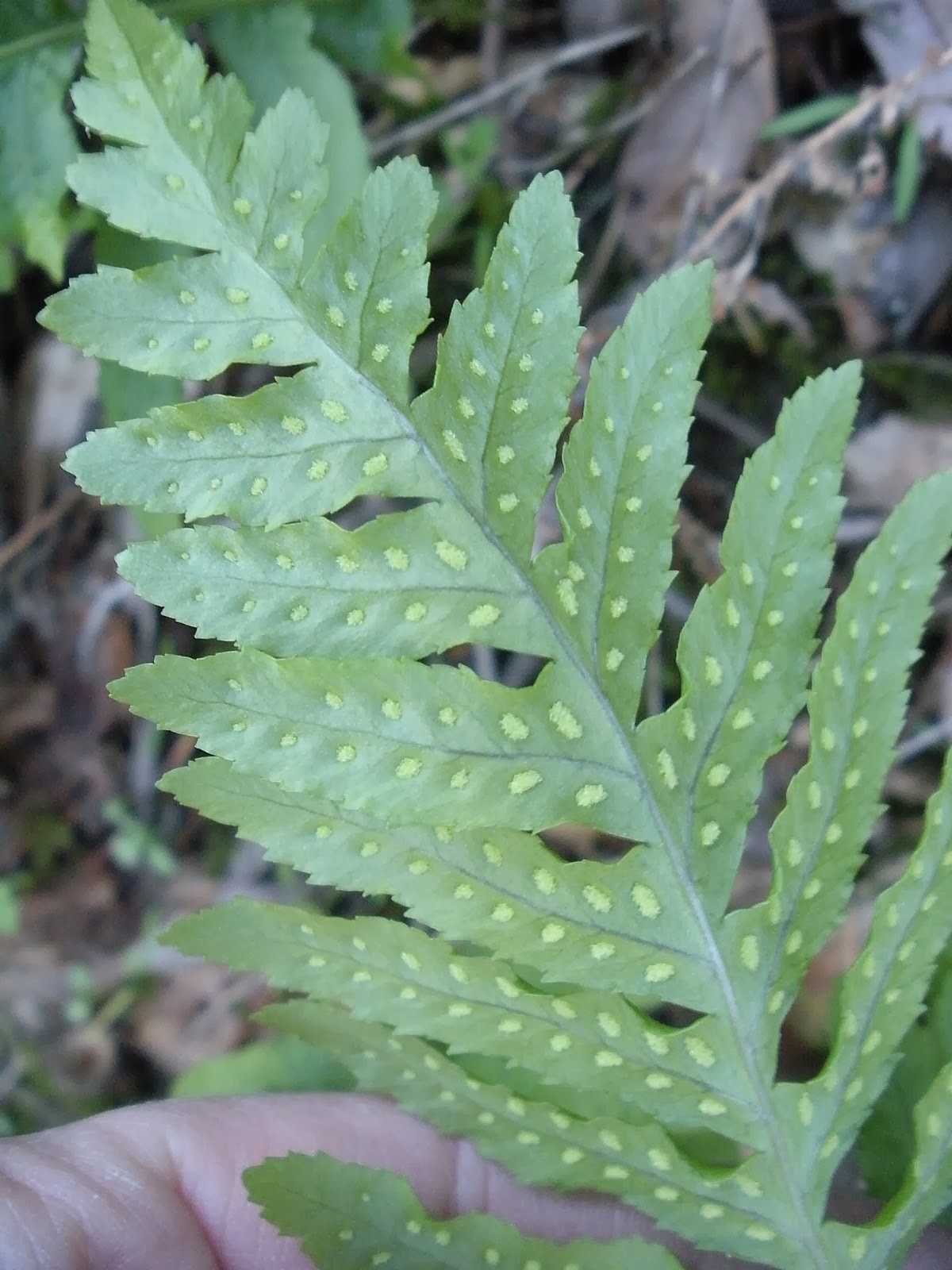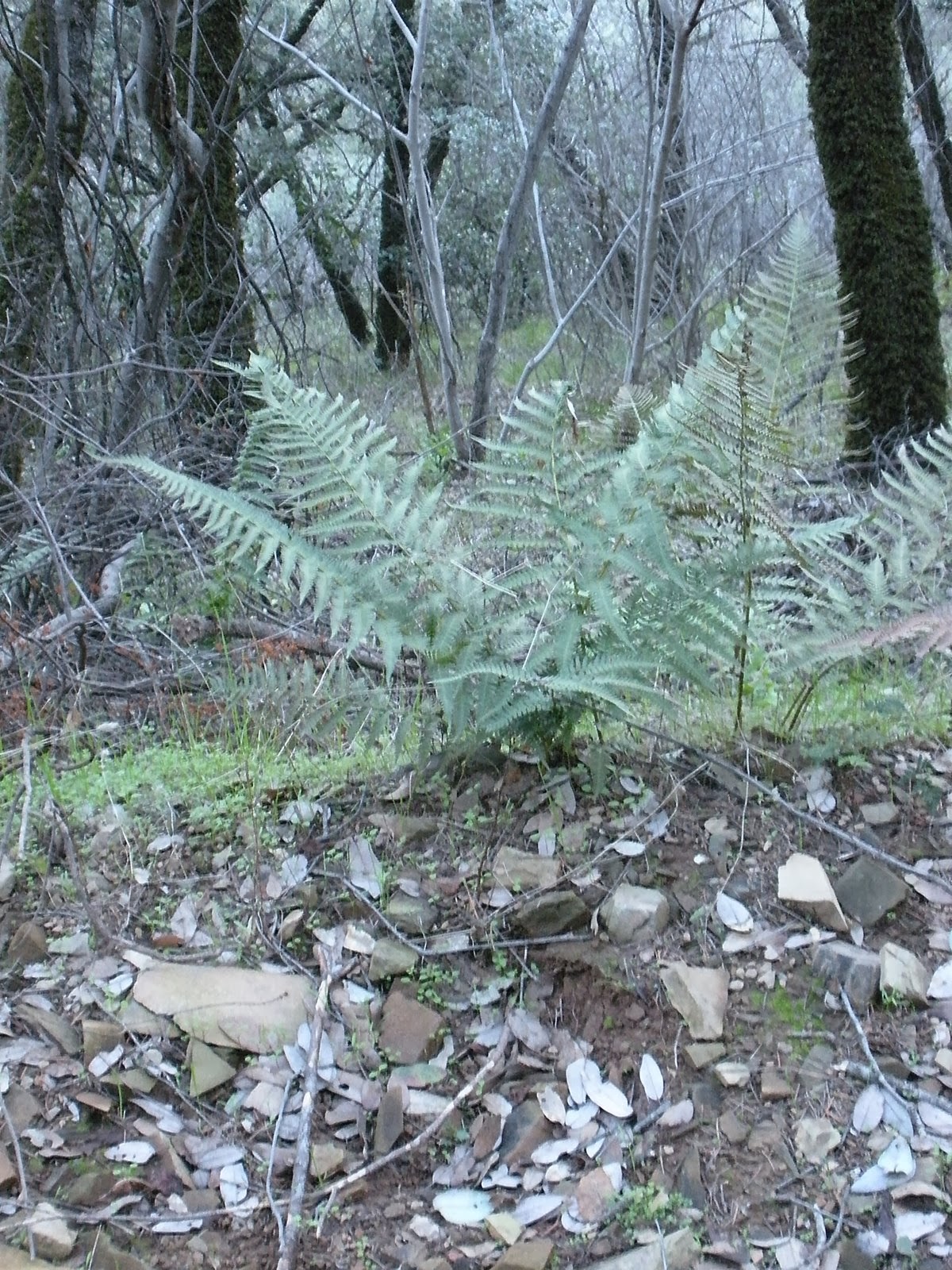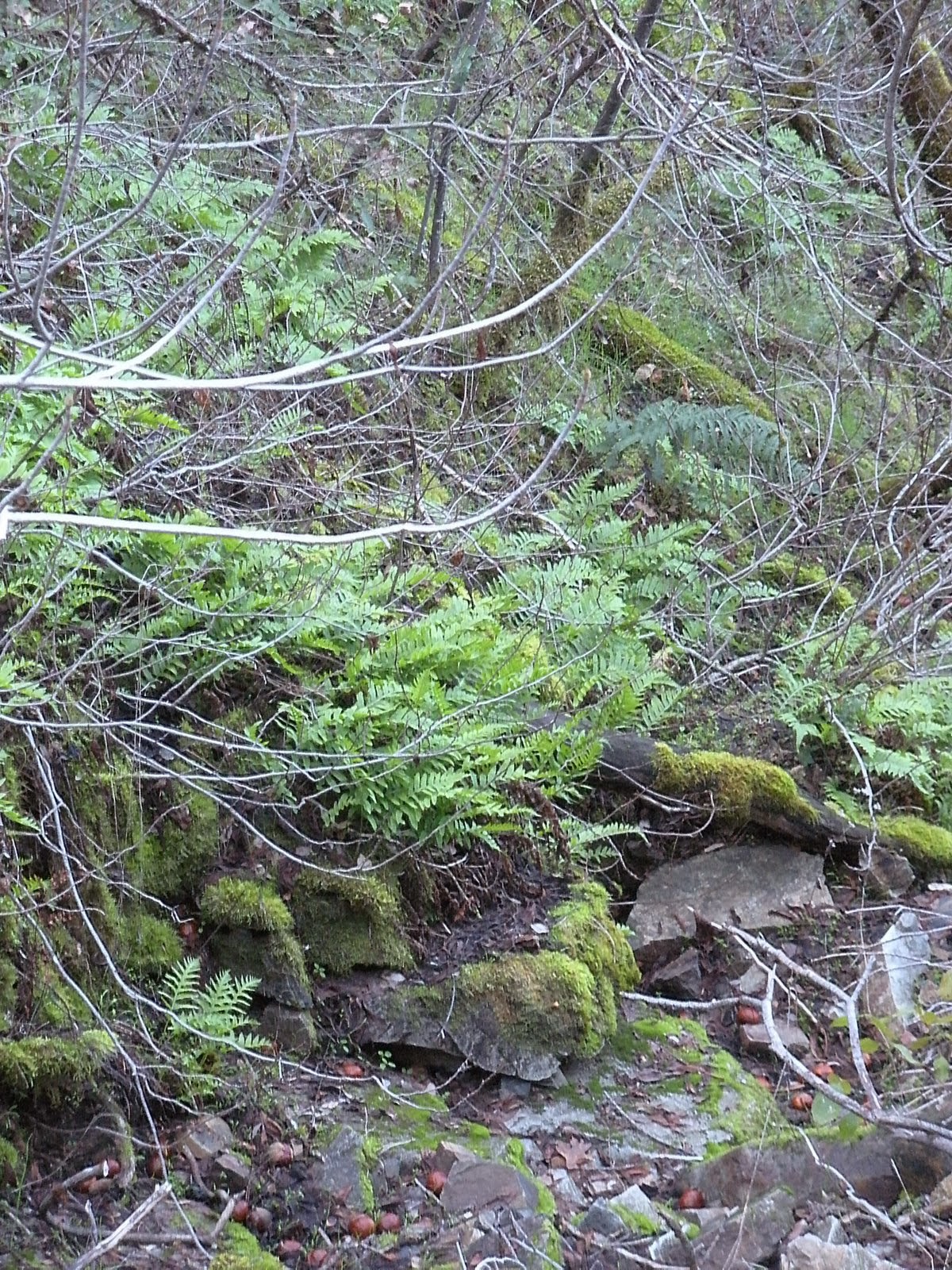We have been on the lookout for mushrooms and ferns for the last few weeks in anticipation of this challenge. I am overwhelmed with how much I don’t know about mushrooms at this point but I am determined to document the mushrooms and other fungus that we see so that when I have a cold winter day and I want to spend some time with a field guide, I will be able to flip through the photos and hopefully come up with names for them.
I decided that there are so many photos that I would make a slideshow on Flickr.com to share with you. The fungi are from three different places but the majority are from my own yard or from a hike within three miles of my house. The others are from the Calaveras Big Trees State Park.
Mushroom Slideshow– Don’t miss viewing this page with all my fungus images
As we hiked yesterday, I noticed that the boys were catching sight of more and more varieties of mushrooms than ever before. They even spotted some that I didn’t see and directed me to go back to the spot and take a photo. 🙂
This particular hike they were having a good time in the cool fresh air together.
If you look carefully up over the trail where the boys are hiking, you will notice a tree that broke off and is just barely hanging in place. The boys thought they should try to throw rocks at it to see if they could get it to come down but my husband explained that he didn’t think that was a really great idea.
I noticed that I was getting into quite a few sticker type seeds as we walked along.
We hiked back to the top and noticed that the moon was up over the oaks. What a great blue sky, don’t you think?
So I am still getting used to my new little camera but I think I will like it in the long run. It has a better zoom and the viewing screen is much bigger.
Here are the last of the photos for today.
Ferns along the side of a gully that will have a creek running in it once it rains again around here. 🙂
Here is my son’s mushroom diagram for his nature journal. We copied this out of the Handbook of Nature Study, page 719.
This was a great challenge for our family and we never dreamed we would find so many different kinds of mushrooms and other fungi to study.
I encourage you all to give the challenge a try either now or when your weather is cooperating.

